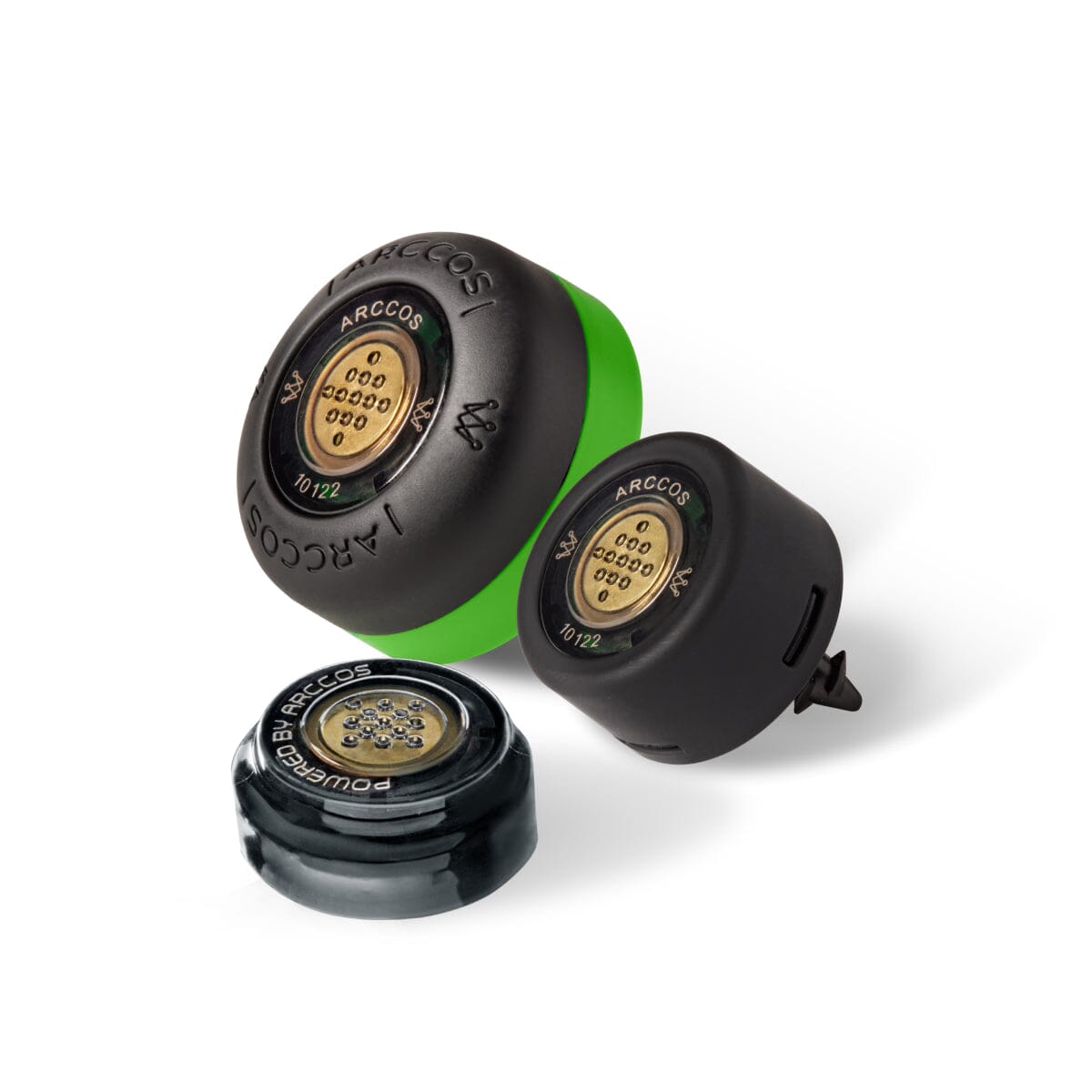
The sun is low, casting long shadows over the fairway. You’ve been playing well all day—driving the ball cleanly, hitting some greens in regulation. Then, on the 16th hole, everything starts to unravel. A wayward drive, a duffed chip, two putts later, and you’re walking off the green with a double bogey… only to shoot another 82. You look back and start to think about what you could have done, as you felt so close to shooting in the low 70s.
You might think the 5 handicap players are out there sinking birdies every other hole. But in reality, the difference between a 5 handicap and a 10 handicap has little to do with making birdies…
The Birdie Illusion. For most golfers, birdies aren’t as common as you might think. For a 5 handicap, birdies aren’t that much more frequent than for a 10 handicap. A 5 handicap averages 1.2 birdies per round, while a 10 handicap sits at 0.7. Yes, that’s a difference, but it’s not what sets them apart. Both players are capable of finding those magical moments when a putt drops, but that’s not what separates their scores over 18 holes.
Where the difference really begins to reveal itself is in the pars. The 5 handicapper seems to cruise through the course with a calm, steady hand. They average 8.9 pars per round, compared to the 10 handicap’s 6.9 pars. Two extra pars might seem insignificant at first glance, but over the course of a round, those consistent saves are like small victories. Pars are the backbone of a 5 handicap’s game—they’re what keep the scorecard tidy when the birdies aren’t falling.
Then there’s the bogey. We’ve all been there—an approach that doesn’t quite make it to the green, a bunker shot that leaves you a little too far from the pin. A 5 handicap averages 6.4 bogeys per round, while 10 handicaps are closer to 7.7 bogeys. Sure, the 5 handicap is better at keeping those bogeys in check, but the real impact comes when you tumble into the bigger numbers.
Here’s where the gap between a 5 and 10 handicap becomes undeniable: double bogeys and worse. These are the moments every golfer dreads—the kind where one mistake snowballs into another. The 5 handicap averages just 1.6 double bogeys per round, while the 10 handicap suffers 2.9. Nearly one and a half more “blow-up” holes where things simply get out of hand.

It’s not the birdies that make the 5 handicap look effortless—it’s their ability to avoid the disaster holes. One hole, just one, where everything goes wrong can create an otherwise solid round. And that’s what keeps so many golfers hovering at that 10 handicap mark.
To break free from the cycle of big numbers, you need to know exactly where the trouble spots are hiding. Every golfer has patterns—whether it’s a wayward tee shot, a shaky short game, or a trouble hole that always gets the best of you. And that’s where the power of Arccos comes in. By tracking your game, Arccos helps you uncover the patterns that lead to those double bogeys and blow-up holes. It’s not just about making more birdies, it’s about tightening up your entire game.
New to Arccos? Purchase Arccos Smart Sensors and start your golf improvement journey!






Share:
NEW Arccos Driver Distance Report 2023
Golf Smarter, Not Harder. And Improve Faster.